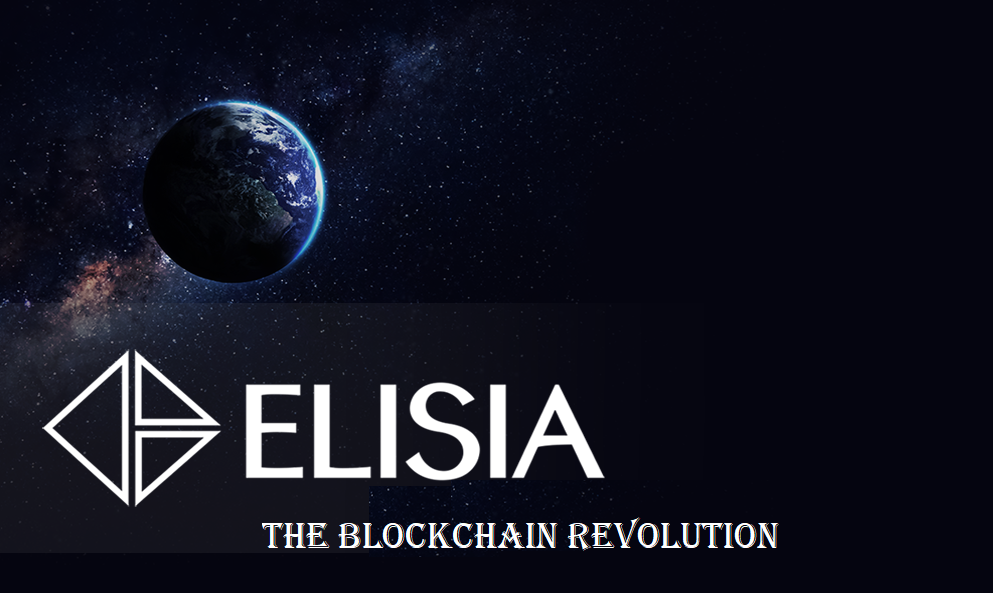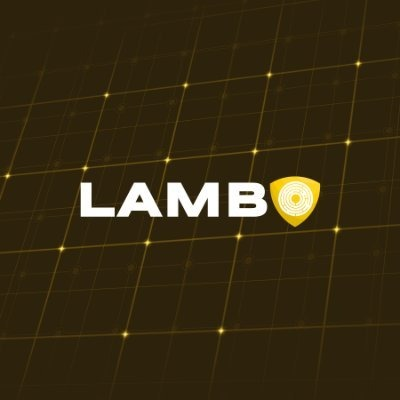THE BLOCKCHAIN REVOLUTION HAS BEGUN

WHAT IS ELISIA?
Elisia is the most exciting development in the blockchain world since Satoshi Nakamoto unleashed Bitcoin in 2008. Elisa provides lightning fast transactions with no fee. Each Elisia transaction will reach its destination in lightning speed without any fee to sender or receiver! Decentralized Applications (DAPPS) can be created with ease and deployed on the Elisia network with a click of a button without any fee for deployment.
FEATURES
Speed
Each Elisia transaction reaches itsdestination at lightning speeds!
Free
Elisia transactions are 100% free for sender and receiver!
DAPPS
Users can create DAPPS with little to no technical knowledge!
PROBLEM
Every blockchain is plagued by either of two problems:
- Interaction with Other Blockchain: There are currently 2,000+ different coins and tokens in existence as per the CoinMarketCap data. However, not a single blockchain platform allows migrating of one blockchain to another blockchain as a fully functional sidechain. This problem creates a doubt over the sustainability of a blockchain developed by small group of members or unknown group. It also restricts the blockchain to reach its full value potential. Over the period of a time the blockchain becomes dysfunctional and results in wastage of monetary, infrastructure and other resources. e.g. Trig token by the Blocksafe Foundation. Trig Blockchain’s aim was to resolve the problem around licensing and usage of arms/ammunitions globally. Trig token was listed on only one exchange Binance with a Market cap of $10,400,663. The moment Binance announced the delisting of Token the market value dropped by almost 60% to $3,747,663 in 2-3 trading sessions. What was the reason behind such a massive fall in price? It was the inability of the Blocksafe Foundation to migrate the Trig token to their separate Blockchain in a given time. Imagion the situation of a business, who has developed a Dapp on platform like Trig. The instability of their main network, will cost a fortune to the said business and the business will be forced to develop the Dapp from scratch to another blockchain platform.
- Wide spread adoption: While a number of blockchain platforms have struggled to support functional decentralized applications, application specific blockchains such as the BitShares decentralized exchange and Steem social media platform have become heavily used blockchains with tens of thousands of daily active users. They have achieved this by increasing performance to thousands of transactions per second, reducing latency to 1.5 seconds, eliminating per-transaction fees, and providing a user experience similar to those currently provided by existing centralized services. But the real question is how many existing developers have started building their applications using aforesaid blockchain architecture whether for file sharing or for social media or for anything else? Blockchain is known for its security. Almost everyone understands that a decentralized application cannot be hacked and most of them are equipped with Byzantine fault-tolerant system, still how many cryptocurrency exchanges are decentralized exchanges? The problem with existing blockchain application development platforms is either they don’t allow migration of apps over one blockchain to another platform with a single click or minor fixes or they don’t come with a pre-defined tool set to develop an application.
INTRODUCTION TO WINTERNITZ OTS+ ALGORITHM
Buchmann introduced a variant of the original Winternitz OTS by changing the iterating one-way function to instead be applied to a random number, x, repeatedly but this time parameterized by a key, k, which is generated from the previous iteration of fk(x).
This is strongly unforgeable under adaptive chosen message attacks when using a pseudo random function (PRF) and a security proof can be computed for given parameters. It eliminates the need for a collision resistant hash function family by performing a random walk through the function instead of simple iteration.
Huelsing introduced a further variant W-OTS+, enabling creation of smaller signatures for equivalent bit security through the addition of a bitmask XOR in the iterative chaining function. Another difference between W-OTS(2011 variant)/ W-OTS+ and W-OTS is that the message is parsed log2(w) bits at a time rather than w, decreasing hash function iterations but increasing keys and signature sizes.
Introduction to XMSS The extended Merkle signature scheme (XMSS) was first reported by Buchmann et al. in 2011 and was published as an IETF draft last year. It is provably forward secure and existentially unforgeable under chosen message attacks with minimal security requirements: a PRF and a second pre-image resistant hash function.
The scheme allows extensions of one-time signatures via a Merkle tree with a major difference being the use of bitmask XOR of the child nodes prior to concatenation of the hashes into the parent node. The use of the bitmask XOR allows the collision resistant hash function family to be replaced.
DPOS SYSTEM ARCHITECTURE
Elisia will launch its main net with 51 block producers authorized to process the transactions. For consensus building the block producers are elected into a round of 51, each producer gets one block per round, and is rewarded for the validation of incoming transactions and production of the block of transactions. A block released by one producer is validated by the next and the next and so forth; if not validated, it is not built upon.
A block that is accepted by a quorum of producers is declared immutable, and the chain of immutable blocks becomes in effect a checkpoint. Like proof of work, producers can censor (ignore) messages, or they can front-run by introducing their own from their superior knowledge of the future.
GOVERNANCE IN ARCHITECTURE
To provide transparency in block producer selection and their governance over bad acts by producers, each round of producers is continuously elected by the community using proof of stake (PoS).
Block Production:
Bitcoin has a time between blocks of roughly 10 minutes, but with natural variance this can on occasion lead to fairly long periods before the next block is mined. Newer ledger designs such as Ethereum have improved upon this and benefit from a much shorter block-times (15 seconds) without the loss of security or miner centralization from high rates of orphan/stale blocks.
Elisia will have a block production rate of 5 seconds
ROADMAP
January 2018
Idea/Brainstorming
February 2018
Research Phase
June 2018
First Tech White Paper
October 2018
White Paper Released
30 November 2018
Token Sale Begins
December 2018
Elisia Network Development Begins
25 January 2019
Token Sale Ends
February 2019
Released on Major Exchanges
May 2019
Elisia Network Testing
August 2019
Elisia Network Development Complete
September 2019
Elisia Network Official Release
October 2019
ELSA Token Swap
November 2019
First Annual DAPP Contest
ICO
Soft Cap: 5000ETH
Hard Cap: 50000ETH
Token Price: 0.0001ETH ($0.01)
Currencies Accepted: ETH (Smart Contract)
TOTAL SUPPLY: 1,000,000,000 ELSA
CONTRACT ADDRESS: 0x96c9126ee53fe08cc28fb08248915c76af3e3568
ICO BONUS:
First 24 hours: 45%
Day 2 – Day 7: 35%
Day 8 – Day 14: 30%
Day 15 – Day 21: 25%
TOKEN ALLOCATION
Token Sale: 750,000,000 ELSA (75%)
TEAM: 70,000,000 ELSA (7%)
AIR DROP: 50,000,000 ELSA (5%)
BOUNTY: 50,000,000 ELSA (5%)
RESERVED: 80,000,000 ELSA (8%)
ALLOCATION OF FUNDS
DEVELOPMENT: 60%
EXCHANGE LISTINGS: 10%
MARKETING: 20%
LEGAL: 5%
OPERATIONS: 5%
FOR MORE INFORMATION CLICK LINK BELLOW:
- Website: https://elisia.io/
- Whitepaper: https://elisia.io/white-paper.pdf
- ANN Thread: https://bitcointalk.org/index.php?topic=5066777.0
- Telegram: https://t.me/elisiaio
- Facebook: https://www.facebook.com/Elisia-199175400981031/
- Twitter: https://twitter.com/Elisiaio
Author: Yuni comel
My Bitcointalk Profile: https://bitcointalk.org/index.php?action=profile;u=1350925

Tidak ada komentar:
Posting Komentar